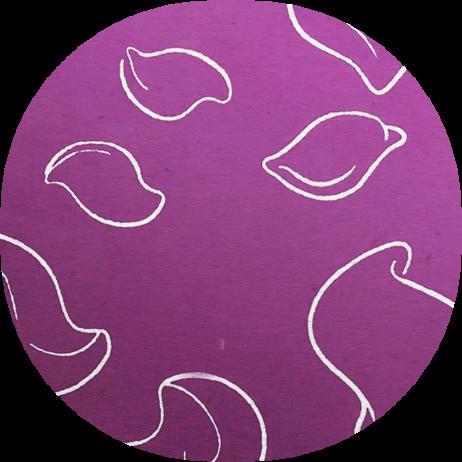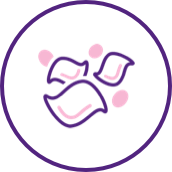Beta
thalassemia
Vertex is focused on discovering, developing and producing innovative medicines so people with serious diseases can lead better lives. Our scientists don’t see the impossible as an obstacle; they see it as a good place to start.

Vertex is focused on discovering, developing and producing innovative medicines so people with serious diseases can lead better lives. Our scientists don’t see the impossible as an obstacle; they see it as a good place to start.
About beta thalassemia
What is beta thalassemia? Beta thalassemia is an inherited blood disorder that affects the red blood cells, which are essential for carrying oxygen to all organs and tissues of the body. A lack of red blood cells, also known as anemia, is the primary manifestation of beta thalassemia. Transfusion-dependent beta thalassemia (TDT) is the most severe form of the disease. Due to anemia, people living with TDT experience fatigue and shortness of breath, and infants may develop failure to thrive, jaundice and feeding problems. People with TDT require regular blood transfusions to deliver healthy donated blood to their body. This involves monthly hospital visits and can lead to an unhealthy build up of iron, which requires removal through iron chelation therapy. Complications of TDT can include an enlarged spleen, liver and/or heart; misshapen bones; and delayed puberty. TDT requires lifelong treatment and significant use of health care resources, and ultimately results in reduced life expectancy, decreased quality of life and reduced lifetime earnings and productivity.
How is beta thalassemia diagnosed? Beta thalassemia is diagnosed based on characteristic symptoms and a set of tests, including blood and genetic tests. People with the disease are often diagnosed before age 2, typically around 3-6 months.
What is the underlying cause of disease? Beta thalassemia is caused by a mutation in the beta-globin (HBB) gene. The HBB gene encodes for a key component of hemoglobin, the oxygen-carrying molecule in red blood cells. For people living with TDT, the HBB mutation means there is little to no working hemoglobin in the red blood cells, leading to anemia.
Pipeline
These programs are investigating treatments or outcomes that have not all received approval from a health authority. The information presented is not intended to convey conclusions of safety or efficacy. There is no guarantee that the outcome of these studies will result in approval by a health authority.
Our studies
For more information about our beta thalassemia studies in the U.S., visit the clinical trials website. For information about non-U.S. sites, visit clinicaltrials.gov.


